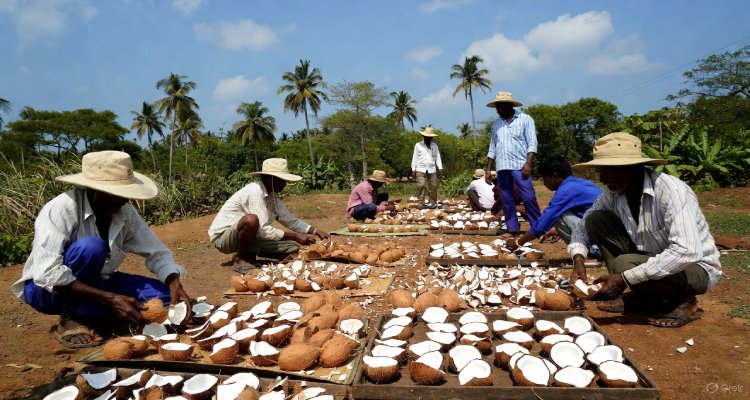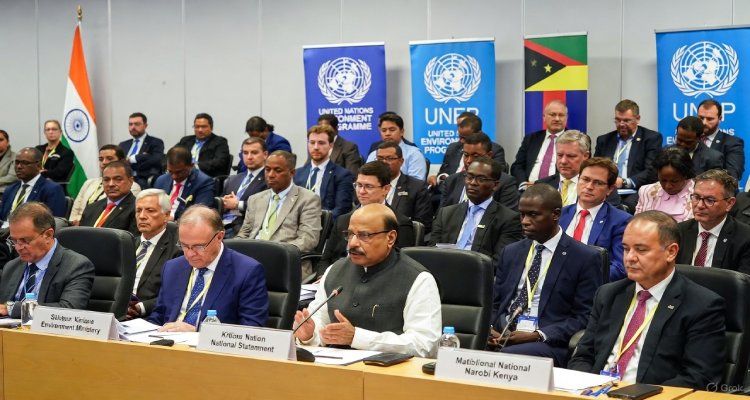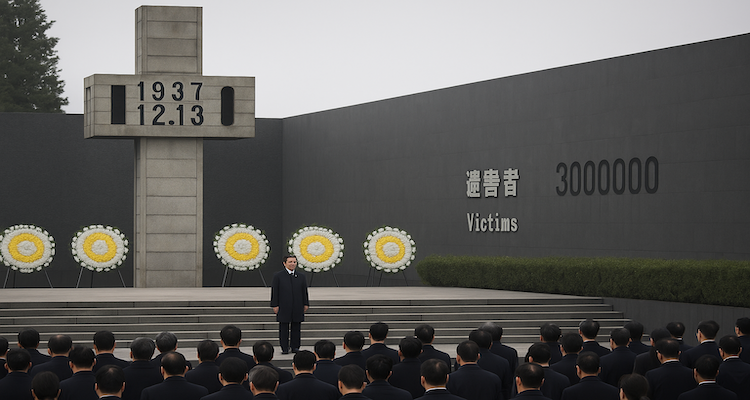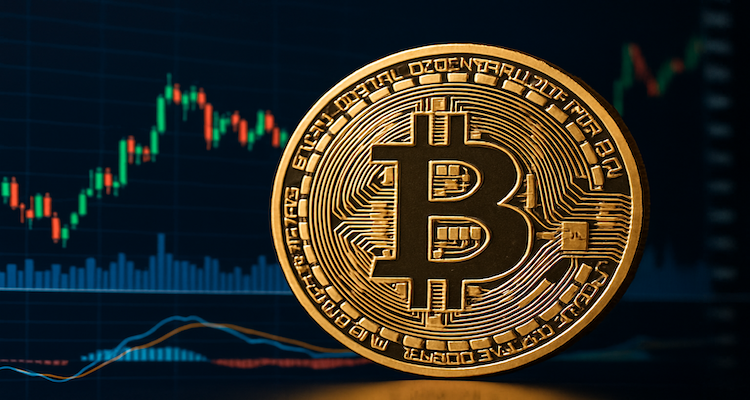Nepal PM Oli Resigns as Protests Spiral Out of Control
Nepal’s Prime Minister K.P. Sharma Oli resigned after violent anti-corruption protests erupted over a social media ban, leaving 19 dead and the nation in turmoil.
Introduction
Kathmandu was engulfed in unrest on September 9 as Prime Minister K.P. Sharma Oli abruptly resigned following days of escalating nationwide protests. The demonstrations, triggered by a controversial social media ban, snowballed into the worst political unrest Nepal has seen in decades, leaving 19 people dead and thousands defying curfews in the capital.
Context & Background
Nepal has endured a turbulent political journey since abolishing its 239-year-old monarchy in 2008. The country, still transitioning toward stable governance, has seen 14 governments in just 17 years. Oli, a veteran communist leader, had assumed office for his fourth term in July 2024 after forging a coalition between his Communist Party and the centre-left Nepali Congress.
Despite promises of reform, his administration quickly faced criticism for corruption, inefficiency, and worsening economic stagnation in a nation of 30 million people. Long-standing frustration among citizens — particularly the younger generation — found a flashpoint in the government’s recent crackdown on online freedoms.
Main Developments
The tipping point came when the government restricted access to 26 major online platforms, including Facebook, YouTube, and X, citing concerns over fake accounts, misinformation, and hate speech. Platforms like Instagram, with millions of Nepali users, went dark overnight. The government had earlier mandated that foreign tech companies register locally and designate compliance officers — a rule ignored by most platforms.
The ban ignited fury among Nepal’s digitally active youth. Protesters, self-identifying as “Gen Z demonstrators,” took to the streets across Kathmandu and border towns. Their demands quickly broadened beyond digital rights to include calls for transparency, anti-corruption reforms, and better economic opportunities.
By September 8, confrontations between protesters and police reached a violent peak, leaving 19 dead. On September 9, amid mounting chaos, Oli’s government lifted the social media ban but the move came too late. That evening, Oli tendered his resignation, acknowledging that the unrest had spiraled beyond control.
Expert Insight & Public Reaction
Political analysts argue that the protests exposed more than anger over censorship. “The social media ban was just the spark,” said political commentator Sita Ram Gautam. “The fire has been smoldering for years — unemployment, corruption scandals, and weak governance have eroded public faith in Nepal’s leaders.”
On the streets, protesters expressed both grief and defiance. “We lost friends in the protests,” said 22-year-old student activist Anisha Shrestha. “This movement is not only about social media. It’s about our future and our dignity.”
International observers expressed concern over the violence, urging Nepal’s political establishment to prioritize dialogue and democratic stability.
Impact & Implications
Oli’s resignation throws Nepal back into political uncertainty at a time when unity is desperately needed. A caretaker government will likely be formed amid calls for early elections, but stability remains uncertain.
The digital rights debate is expected to remain central in Nepal’s politics, especially as the younger “Gen Z” population — now the largest demographic — demands greater accountability from leaders. Economically, the unrest could further hurt Nepal’s fragile tourism sector and deter necessary foreign investments.
The protests have also underscored the rise of a digitally connected generation unwilling to tolerate restrictions on speech or government inaction on corruption. With rural populations now marching toward Kathmandu in solidarity, the crisis could reshape Nepal’s political landscape for years to come.
Conclusion
K.P. Sharma Oli’s dramatic exit marks a watershed moment in Nepal’s democratic journey. What began as outrage over a social media ban has evolved into one of the strongest youth-driven political movements in Nepal’s modern history. As the nation searches for its next leader, the message from its streets is unmistakable: Nepal’s future will be shaped not only in Parliament, but also by the voices of its restless and resolute youth.
Disclaimer : This article is based on available information and verified reports as of September 10, 2025. It is intended for news and analysis purposes only.











